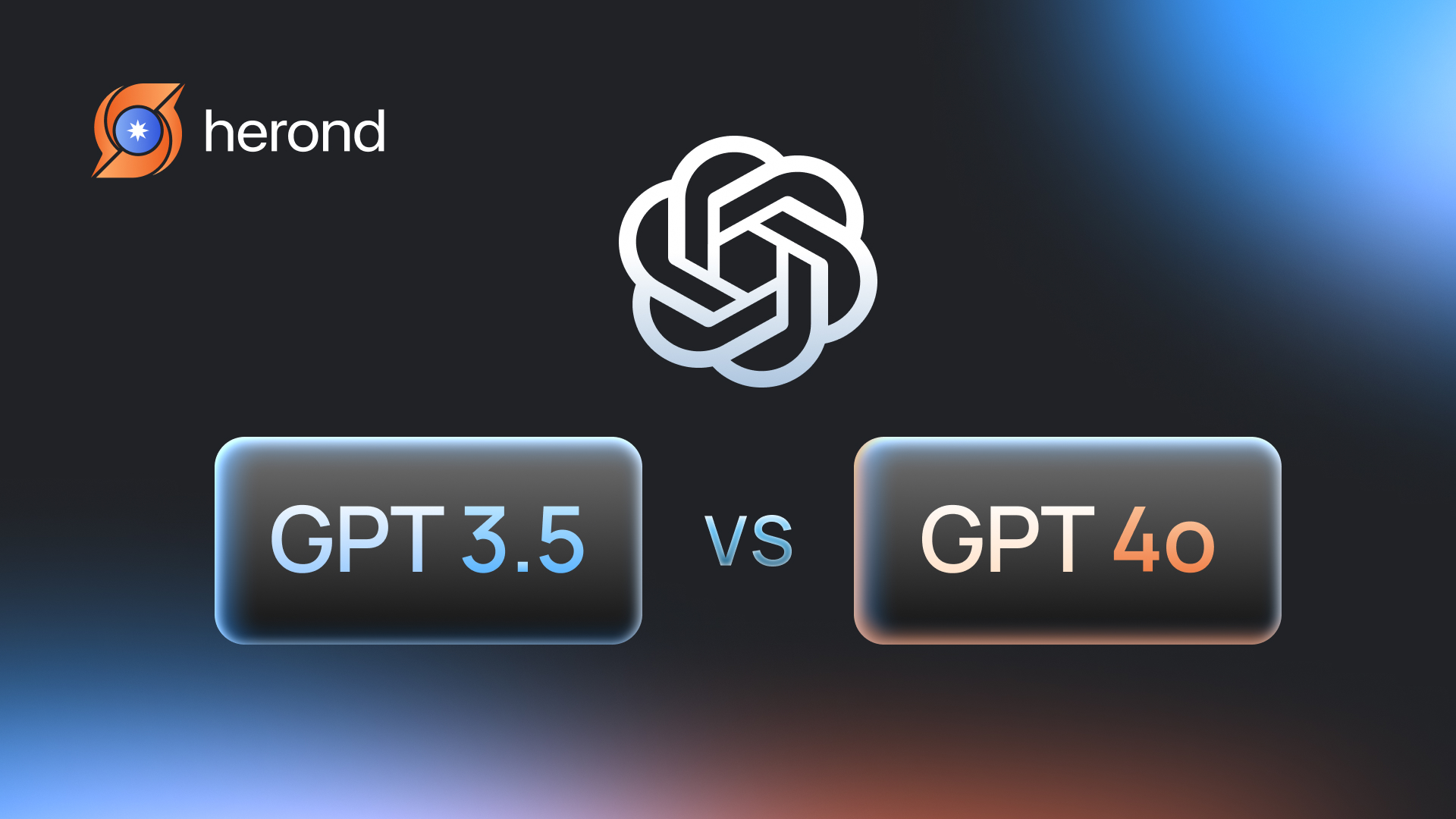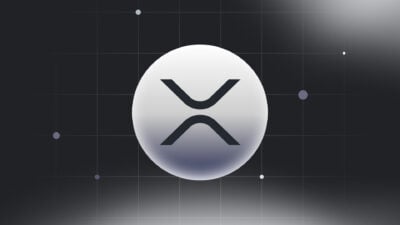OpenAI’s GPT models have revolutionized the field of artificial intelligence, with each iteration pushing the boundaries of what language models can achieve. GPT-3.5 was an impressive step forward, but GPT-4o builds on that foundation with substantial improvements. This article aims to provide clear comparison of key differences between GPT 3.5 vs GPT 4o, focusing on areas like performance, capabilities, and versatility.
What is ChatGPT?

ChatGPT is an AI language model developed by OpenAI, based on the GPT (Generative Pre-trained Transformer) architecture. It is designed to understand and generate human-like text based on the input it receives, enabling it to engage in conversations, answer questions, and assist with a wide variety of tasks.
Key difference between GPT 3.5 vs GPT 4o
Up to now, ChatGPT has evolved through many versions so far. The latest version will update and improve many features compared to previous ones.
Now, we will delve into the outstanding differences between GPT 3.5 vs GPT 4o in terms of 10 aspects as follows.
Model Size and Architecture
- GPT-3.5: Like GPT-3, GPT-3.5 was built on a similar large-scale transformer architecture, with 175 billion parameters. These models are incredibly powerful but have limitations in complex reasoning and context understanding.
- GPT-4o: GPT-4o is larger and more advanced than GPT-3.5, with a refined architecture that enhances its ability to handle longer conversations, complex instructions, and nuanced tasks. The larger model size improves its generalization capabilities and allows for more sophisticated responses.
Improved Language Understanding
- GPT-3.5: This model excels at generating coherent and grammatically correct responses but sometimes struggles with understanding complex queries, ambiguous prompts, or multitasking across topics.
- GPT-4o: GPT-4o has significantly improved in language comprehension, especially in dealing with ambiguous or intricate prompts. It demonstrates better understanding of context, making it more reliable in providing detailed, logical, and well-structured answers.
Context Length and Memory
- GPT-3.5: Handles context relatively well but may lose track of previous information in long conversations, sometimes leading to inconsistencies or repeating the same points.
- GPT-4o: Features enhanced memory capabilities, allowing it to maintain coherent responses over longer interactions. This makes it especially useful for extended dialogues, summarizing large documents, or following complex chains of thought over time.
Accuracy and Precision in Responses
- GPT-3.5: Produces highly fluent responses, but there can be instances of factual inaccuracies, especially when dealing with niche or highly technical subjects.
- GPT-4o: GPT-4o improves on this with a higher degree of factual accuracy and a better understanding of subtle nuances in questions. This allows for more reliable outputs, especially in technical fields like programming, medicine, or law.
Multimodal Capabilities

- GPT-3.5: Primarily text-based and limited to natural language processing (NLP) tasks. It can generate text, answer questions, and assist in a wide range of text-related tasks but lacks multimodal functionality.
- GPT-4o: One of GPT-4o’s major upgrades is its multimodal capabilities, which enable it to process both text and image inputs (depending on the variant). This opens new possibilities for tasks like image captioning, visual question answering, and integrating text with visual data.
Complex Reasoning and Problem Solving
- GPT-3.5: Can handle simple reasoning and problem-solving tasks but often struggles with more complex logic, multi-step reasoning, and abstract thinking.
- GPT-4o: Shows significant improvement in logical reasoning and problem-solving abilities. It is more adept at tackling complex, multi-step questions, solving puzzles, or following long chains of logic in discussions.
Specialization and Fine-Tuning
- GPT-3.5: While powerful, GPT-3.5 generally performs best in a wide range of general tasks and struggles with specialization without fine-tuning.
- GPT-4o: GPT-4o’s architecture supports more specialized tasks out of the box, including handling niche areas of knowledge more effectively. Additionally, GPT-4o can be fine-tuned more efficiently for industry-specific applications.
Safety and Ethical Considerations
- GPT-3.5: While OpenAI implemented safeguards, GPT-3.5 still sometimes produced biased or harmful outputs if not carefully managed.
- GPT-4o: GPT-4o is designed with stronger safeguards against producing harmful, biased, or inappropriate content. It is better aligned with human ethical standards, reducing the likelihood of generating problematic responses.
User Experience and Interaction
- GPT-3.5: Provides a smooth user experience, but its ability to adapt and personalize responses based on extended conversations is limited.
- GPT-4o: Offers a more interactive and adaptive experience, with better personalization based on user feedback and preferences over time. It can engage more deeply in conversations and adapt its style or tone based on user input.
Versatility Across Domains
- GPT-3.5: Effective across many industries and domains, from marketing to programming to customer service, but might lack depth in specialized areas.
- GPT-4o: More versatile and effective in specialized fields, including legal, scientific, and technical domains, providing richer and more accurate information for users in these areas.
Summarized comparison
In short, GPT-4 represents a more advanced, accurate, and versatile model compared to GPT-3.5. In more detail, it excels in longer conversations, complex reasoning, multimodal input processing, and ethical safeguards. Moreover, GPT-4 is better suited for use cases requiring higher accuracy, specialization, or extended interactions.
Conclusion
In conclusion, the differences between GPT-3.5 and GPT-4 reflect the ongoing advancements in AI language models, offering enhanced capabilities and more refined outputs in GPT-4. While GPT-3.5 remains powerful, especially in conversational contexts, GPT-4 excels with improved accuracy, contextual understanding, and nuanced responses, making it better suited for complex tasks and more demanding applications. As developers and users increasingly seek smarter, more reliable AI tools, GPT-4 represents a significant step forward, highlighting the rapid evolution of natural language processing technology. Whether you need higher precision or more versatility, choosing between these versions depends on your specific goals and use cases.
About Herond Browser
Herond Browser is a Web browser that prioritizes users’ privacy by blocking ads and cookie trackers, while offering fast browsing speed and low bandwidth consumption. Herond Browser features two built-in key products:
- Herond Shield: an adblock and privacy protection tool;
- Herond Wallet: a multi-chain, non-custodial social wallet.

Herond aims at becoming the ultimate Web 3.0 solution, heading towards the future of mass adoption. Herond has now released the mobile version on CH Play and App Store. Join our Community!







